In the fast-paced urban life, the charm of food is no longer limited to the four walls of traditional restaurants. Ramen Food Truck breaks the space limitation with its innovative attitude, bringing steaming bowls of authentic ramen to the streets and alleys, becoming a mobile landscape with both fireworks and exquisiteness in the city.
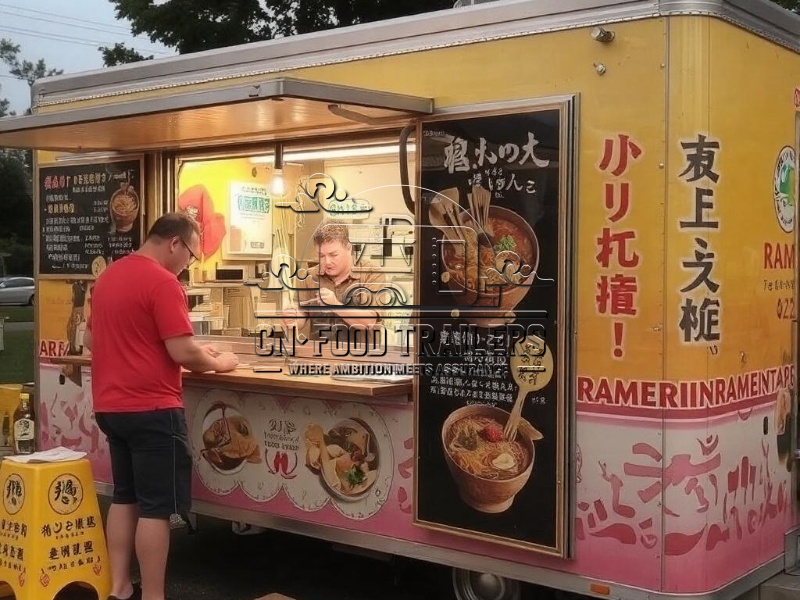
Core Features
1.Authentic Japanese Flavor
- Soup Base: Thick white soup base made from pork bones, chicken bones and kelp that is slow-cooked for 12 hours, paired with three classic flavors of miso, soy sauce or salt to meet the preferences of different diners.
- Noodles: Customized half-cooked tamagoyaki noodles, with a chewy texture and strong soup absorption, freshly delivered daily to ensure quality.
- Ingredients: Traditional ingredients such as barbecued pork, soft-boiled eggs, dried bamboo shoots, seaweed, etc. are all available, and personalized customization is supported.
2.Efficient meal delivery and environmental protection concept
- The delivery time for a single bowl is controlled within 3 minutes, and more than 10 people can be served at the same time during peak hours.
- Use degradable tableware and environmentally friendly packaging to practice the concept of green catering.
3.Flexible adaptation to multiple scenarios
- The body size is suitable for various venues such as city streets, commercial plazas, music festivals, and corporate parks.
- Supports “fixed point + mobile tour” dual-mode operation, covering lunch, dinner and supper time periods.
Internal equipment
1.Intelligent soup system
- Equipped with a constant temperature soup pot and an intelligent temperature control device to ensure the stability of the soup base temperature and flavor, and reduce manual intervention.
2.Efficient noodle cooking and quick cooling equipment
- The multi-hole noodle cooker can process 6 bowls of noodles at the same time, and the quick cooling device can quickly cool down to avoid noodles sticking.
3.Modular storage and preservation system
- The layered design of refrigerators, freezers and dry goods storage areas ensures the freshness of ingredients; independent sauce dispensers improve operating efficiency.
4.Cleanliness and safety assurance
- High-pressure washing equipment and ultraviolet disinfection cabinets ensure the hygiene of tableware; the smoke purification system meets environmental emission standards.
Application
1.Urban business scenarios
- Office building gathering areas: Provide fast dine-in or take-out at noon to meet the needs of white-collar workers.
- Tourist attractions: Become a check-in point for tourists to experience Japanese culture and drive surrounding consumption.
2.Events and festivals
- Music festivals, food festivals: Achieve high floor efficiency in high-traffic scenarios, and the daily service volume can reach more than 500 bowls.
- Corporate activities: provide customized menus and brand exposure to enhance the attractiveness of activities.
3.Community and campus
- Residential night markets: attract family customers with affordable prices and create community food IP.
- University campuses: launch student packages and limited-time discounts to cultivate young consumer groups.
4.Brand cooperation and joint names
- Cross-border cooperation with Japanese food brands and beer manufacturers to launch limited-edition ramen or packages to expand brand influence.

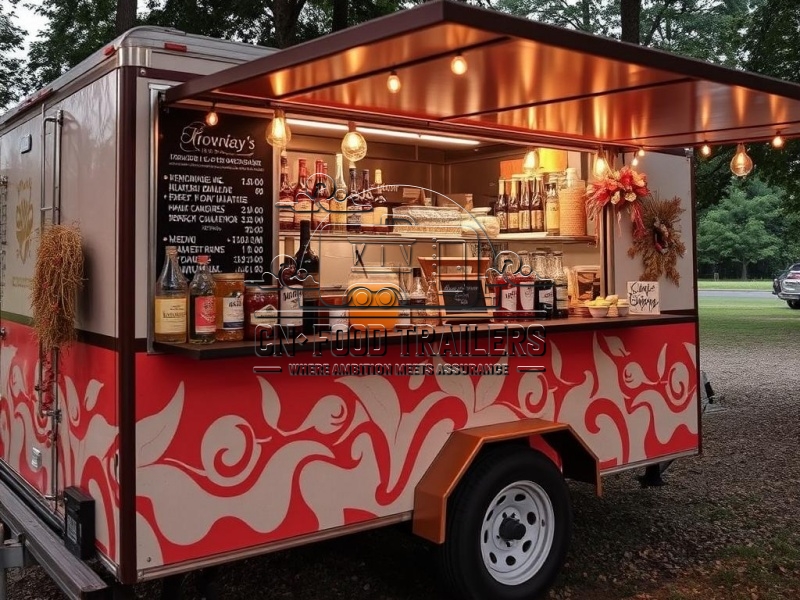
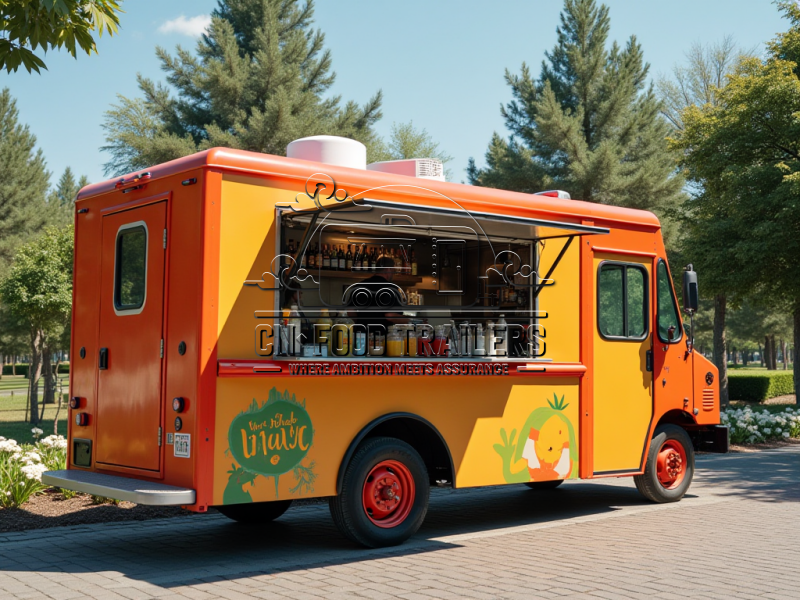

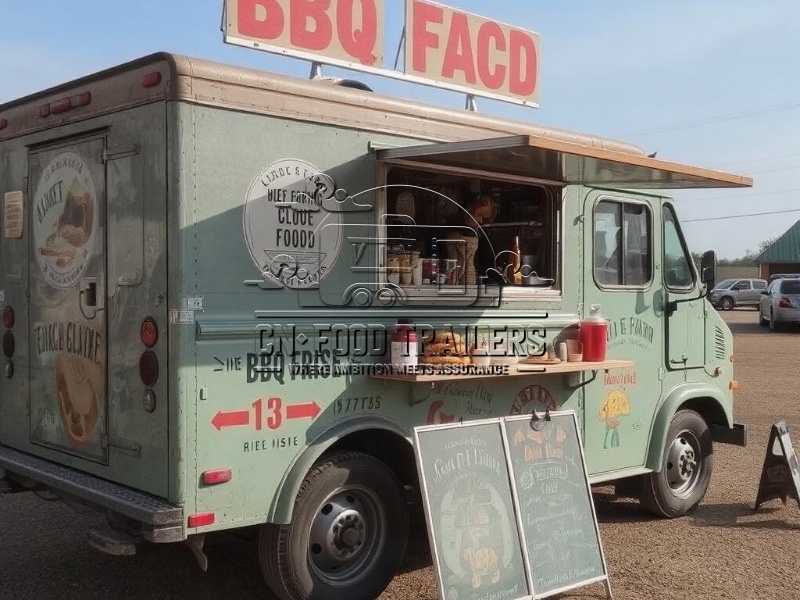
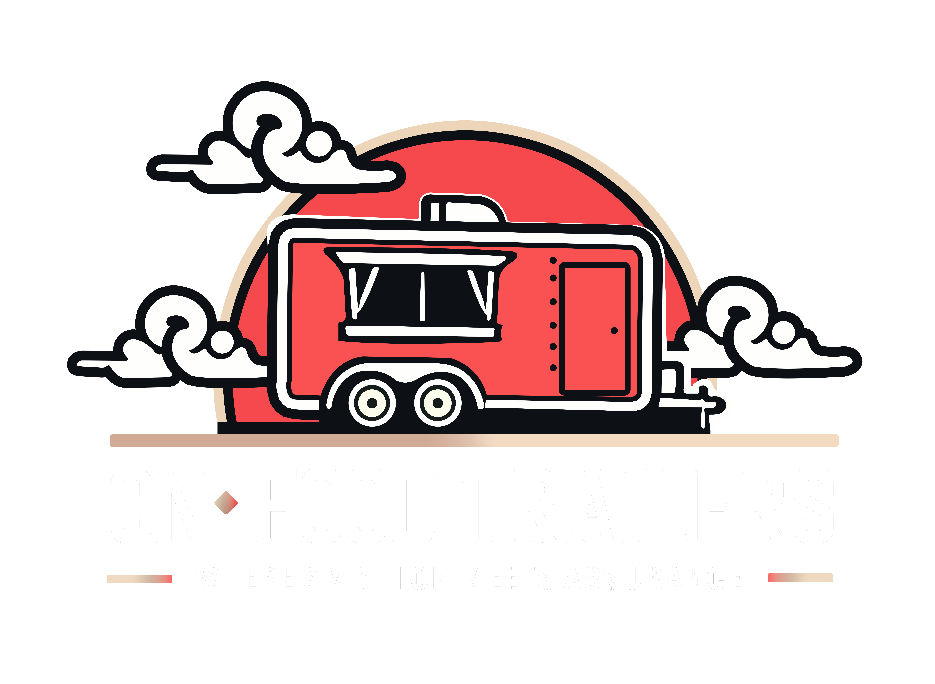
Leave A Comment